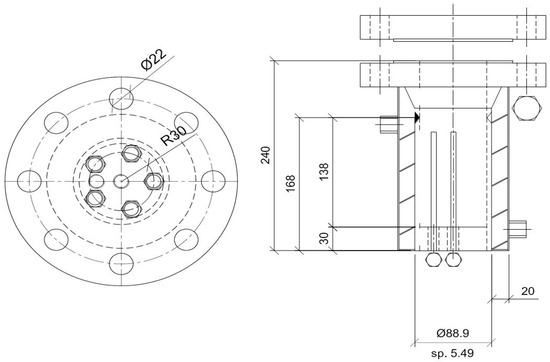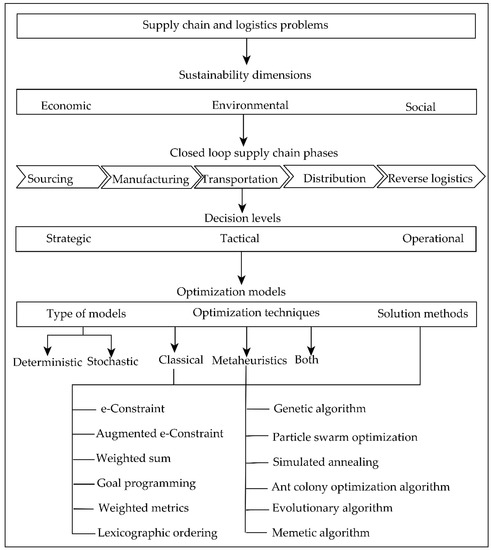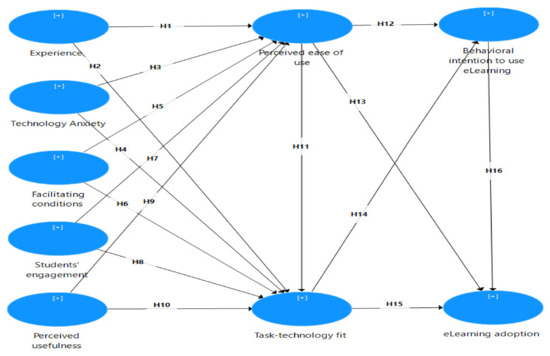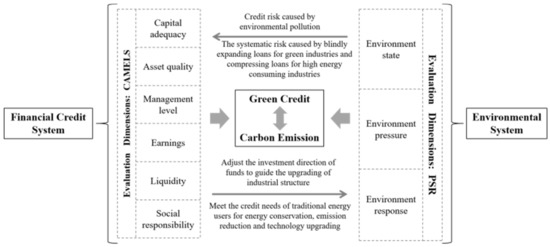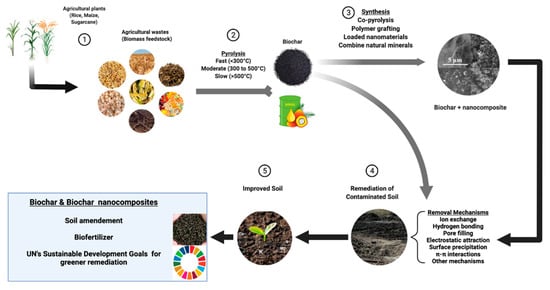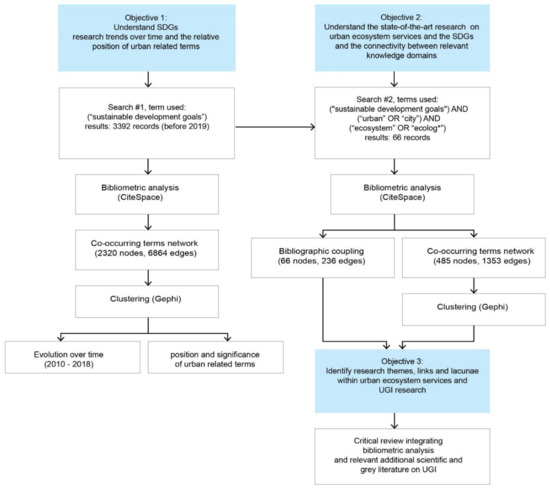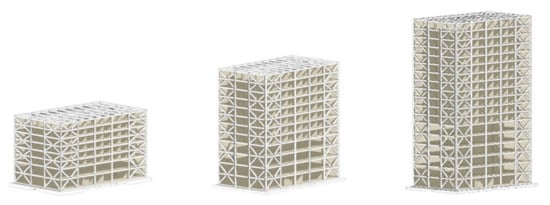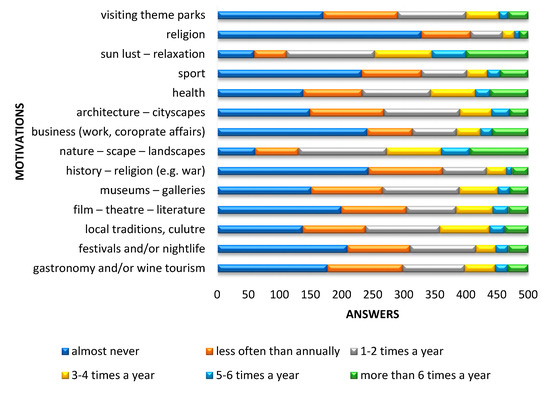Sustainability 2021, 13(24), 13797; https://doi.org/10.3390/su132413797 - 14 Dec 2021
Cited by 27 | Viewed by 2589
Abstract
This article consists of an experimental description about how the memory effect intervenes on hydrates formation. In particular, carbon dioxide hydrates were formed in a lab–scale apparatus and in presence of demineralized water and a pure quartz porous medium. The same gas-water mixture
[...] Read more.
This article consists of an experimental description about how the memory effect intervenes on hydrates formation. In particular, carbon dioxide hydrates were formed in a lab–scale apparatus and in presence of demineralized water and a pure quartz porous medium. The same gas-water mixture was used. Half of experiments was carried out in order to ensure that the system retained memory of previous processes, while in the other half, such effect was completely avoided. Experiments were characterized thermodynamically and kinetically. The local conditions, required for hydrates formation, were compared with those of equilibrium. Moreover, the time needed for the process completion and the rate constant trend over time, were defined. The study of these parameters, together with the observation that hydrates formation was quantitatively similar in both types of experiments, allowed to conclude that the memory effect mainly acted as kinetic promoter for carbon dioxide hydrates formation.
Full article
(This article belongs to the Topic Carbon Capture, Storage and Utilisation Technologies (CCS/CCU))
►
Show Figures
